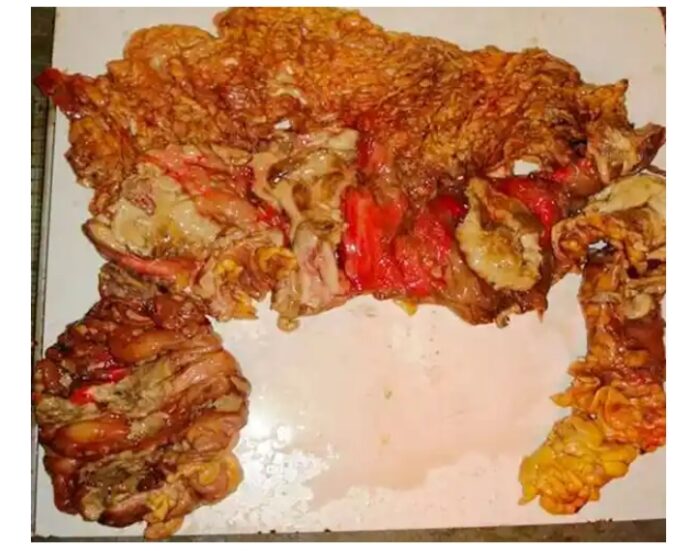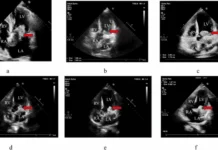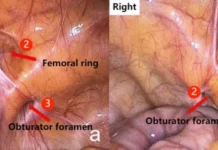An acute attack of amoebic colitis clocks in an immediate death!
A 68 year old Hindu male presented to the emergency with a complaint of severe pain in lower abdomen. He also reported abdominal distension and bloody diarrhea for 24 hours.
Upon history, he told the doctors about his continuous spell of intermittent abdominal pain and diarrhea for the last eight months. Also, that he was taking acetyl-salicylic acid and steroid therapy for his chronic gut pathology (diagnosed as Inflammatory Bowel Disease) prior to his presentation. He was a chronic smoker and an alcoholic too.
Examination and Investigations
Upon physical examination, the patient’s pulse rate was 126/min. His abdomen showed tenderness and a positive guarding reflex. This made checking his blood profile imperative. Results for blood investigation revealed leukocytosis, i.e., increased WBCs, and electrolyte fluctuations with a sodium level of 129mEq/L and potassium level of 2.9mEq/L. Additionally, he tested negative for HIV.
Doctors also took his urine samples. They rolled in positive for pus cells and E.coli. An abdominal radiograph indicated dilated loops of bowel with a lack of free air beneath diaphragm. An ultrasound of the abdominal region was also done. It indicated bowel distension without any fluid accumulation in the peritoneal cavity. Lastly, a per rectum examination revealed an empty rectum. However, the examining finger got stained with blood and mucus. A thing to worry?
Diagnosis: Acute Amoebic Colitis
Keeping the patient on IV antibiotics, the doctors opted for an exploratory laparotomy. It revealed multiple areas of necrosis along the length of the entire colon. All three parts of colon plus the proximal part of sigmoid colon showed ruptures into retro-peritoneal space. The doctors could not do anything but a complete colectomy along with exteriorization of distal end of colon.
A histopathological examination of the resected mass showed the presence of Entamoeba histolytica in the necrotic bases. Hence, it confirmed the initial diagnosis of an acute amoebic colitis.
Unfortunately, because of a widespread septicemia and other post-operative complications, the patient broke down on the twelfth day post-surgery.
Did We Mention What’s so Unusual in This Case?
Amoebic colitis is common. But, for it to take a fulminant acute course is highly rare. There are very few documented cases on its acute presentation and because it gets confused with an inflammatory bowel disease, delayed treatment leads to an early death.
Reference
1- BMC




